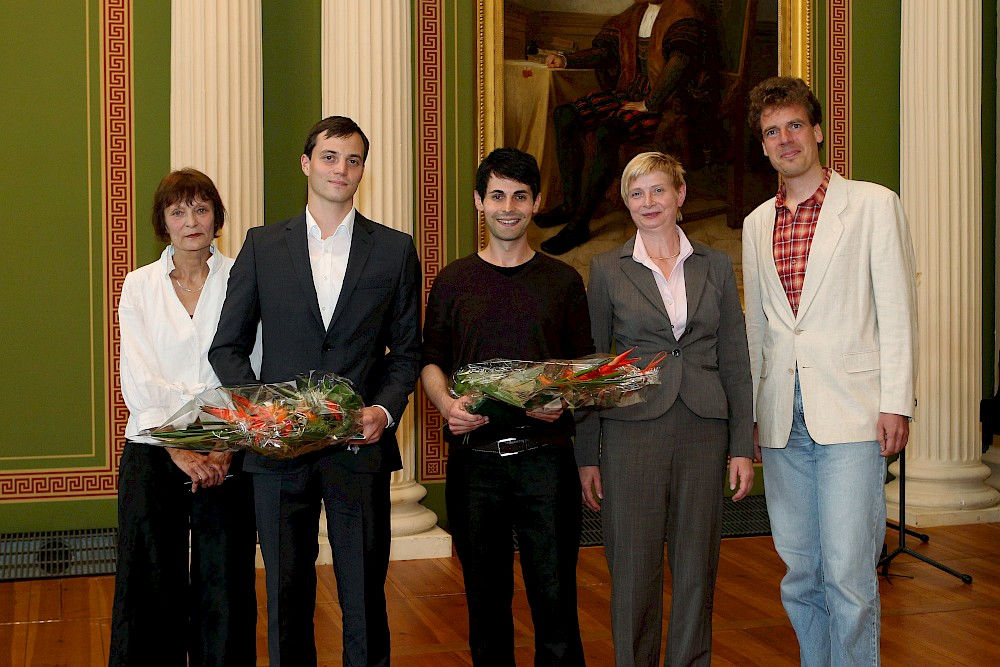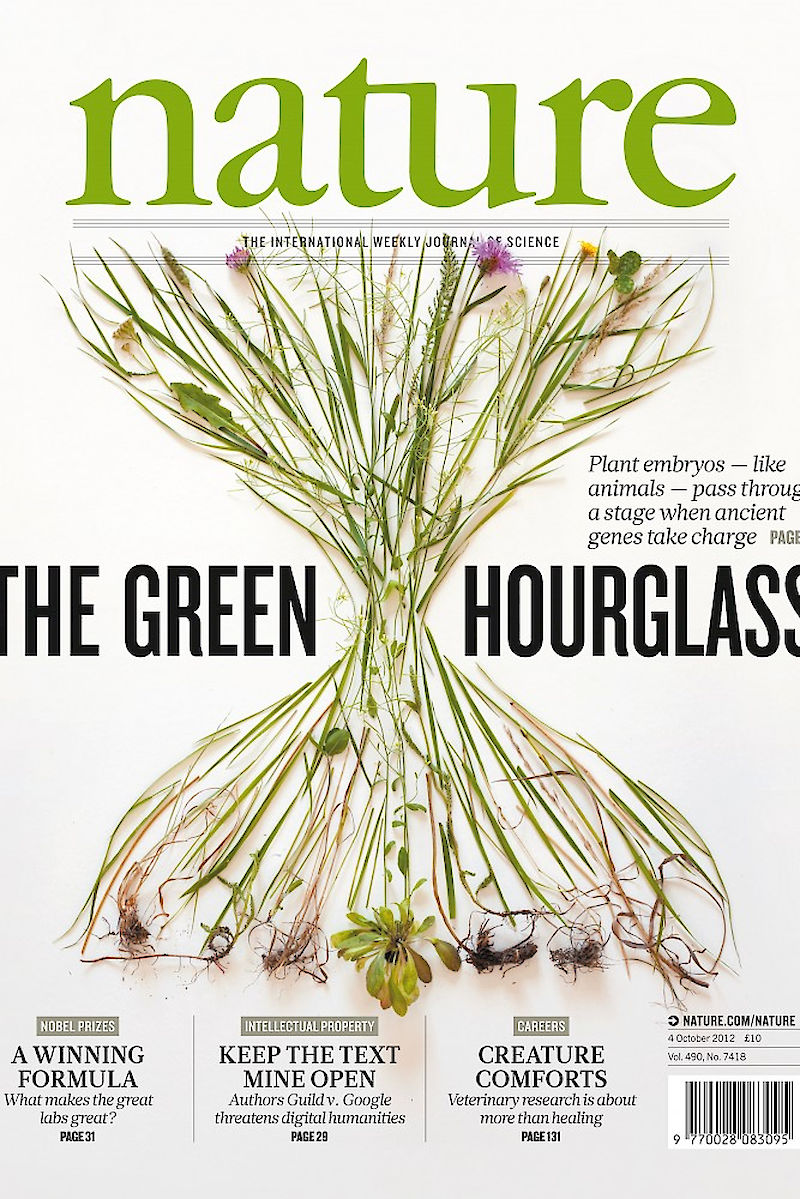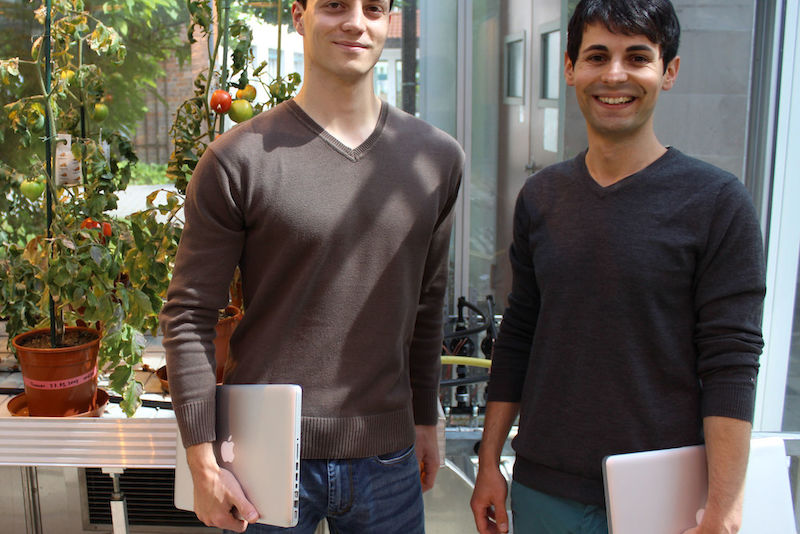Ventured and gained: bachelor’s thesis becomes story in Nature

Emotions are generally not associated with informatics. But listening to Ivo Grosse, a professor of bioinformatics at the Institute of Computer Science, makes you realise how much passion is contained in every algorithm. One year after the ground-breaking article on the hourglass pattern in plant embryogenesis was published in the journal “Nature”, Grosse remains full of enthusiasm – that is to say, for his students Hajk-Georg Drost and Alexander Gabel. The two students have provided a firm basis for the “Nature” article in their bachelor’s theses and have proven on a molecular biological level that plants and animals exhibit similar patterns of gene activity during embryogenesis. In July 2013 they were awarded MLU’s SKWP Research Prize which is endowed with 30,000 euros.
In 2011 Hajk-Georg Drost (26) and Alexander Gabel (25) began work on their bachelor’s theses on the embryogenesis of the plant model organism Arabidopsis thaliana. The basis was a dataset with an unimaginable amount of information. Using bioinformatics, would they be able to find out whether the hourglass pattern also applied to plants? Dr. Marcel Quint, research group leader at the Leibniz Institute of Plant Biochemistry in Halle, came up with the idea. The fact that bachelor students even dared to tackle such a problem “took courage”, says Grosse. “Or,” adds Drost with a smile, “a bit of naivety.” The two scientists Quint and Grosse, the two bachelor students and two PhD students sat down together to find a solution that would enable the succession of the gene sequence of the approximately 27,000 genes of the Arabidopsis thaliana, or thale cress, to be compared with the complete gene set of 1,500 other species of plants, algae, animals, bacteria and fungi.
Work took around a year to complete, “and we were able to identify something that no one had ever seen before,” says Hajk-Georg Drost. They proved that the hourglass pattern must have undergone independent evolutionary development – once in the animal kingdom and once in the plant kingdom. The researchers in Halle submitted their findings to “Nature” and in October 2012 an hourglass adorned the cover of “Nature”. Gabel and Drost are now working on their master’s theses and pondering new and old genes from an evolutionary perspective. Many experiments are still pending. The research prize from SKW Piesteritz GmbH, which funds the excellent scientific achievements of young researchers, will help in this regard.


